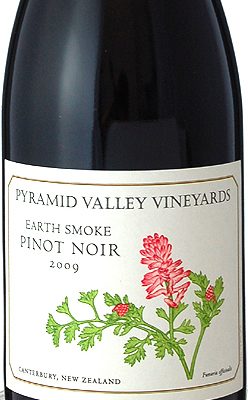There has been a steady stream of new rules on labelling wines since the Organization of Vine and Wine’s (OIV) annual get together in Turkey last month.
Both allergen labelling and rules on removing alcohol from wine have been introduced.
For those of you with sensitive stomachs, wine labels in Europe must now state whether wine contains traces of egg or milk, as I first reported on wine-searcher.com.
Eggs and milk products are used to fine wine and traces may remain in the final product. However, European wine producers were exempt from declaring their use until the European Commission announced in late May that new rules would come into effect on July 1, 2012. The legislation also applies to imported wines sold in Europe.
The Commission says the new ruling is about “better informing European consumers of potential allergic risks.”
If producers wish to market their wines in all 27 E.U. countries, they would theoretically have to provide labels in a minimum of 15 languages. This is not practical so a series of pictorial logos has been developed, featuring pictures of a milk carton and/or two eggs – as well as the symbol for sulphites – SO2.
There is one exception to the new rules. If egg or milk-based products have been used during production but cannot be detected by laboratory analysis, the affected wines do not have to carry allergen labeling.
Wines made in 2012 are exempt if they were labeled before June 30. All others from the 2012 vintage are subject to the new regulations, which were drawn up following recommendations from the European Food Safety Authority and the OIV.
New laws on reduced alcohol wines
For some time, there’s been debate on alcohol removal through technologies such as spinning cone and reverse osmosis. With a growing trend for lower alcohol and lighter style wines, the OIV couldn’t ignore the issue at its recent meeting in Turkey, as we reported on wine-searcher.com.
Correcting the alcohol content of a particular wine, which means to reduce ethanol to improve its balance, is now allowed with a maximum reduction of 20%. Products obtained through this practice must still conform to the definition of wine – so must be above 8.5% alcohol (wine like Moscato d’Asti at 5.5% and German wines naturally low in alcohol have special derogations).
If the alcohol content of the wine is reduced by more than 20%, it will fall under a dealcoholisation process, which means to remove part or almost all of the ethanol content in wine in order to develop low or reduced alcohol content products.
Here are the OIV’ new product definitions for such products:
• “Beverage obtained by partial dealcoholisation of wine” for products with an alcohol content from 0.5% to 8.5%
• “Beverage obtained by dealcoholisation of wine” for products with an alcohol content below 0.5%.
Those definitions aren’t particularly sexy nor do they roll off the tongue. Can you imagine turning up to a friend’s house and saying “I’ve brought a wine – no, sorry, it’s a beverage obtained by partial dealcoholisation of wine”? No, nor can I.
The OIV is currently working to develop definitions for products that do not fall under the aforementioned resolutions, more particularly wines that have gone through an alcohol reduction of more than 20% but do still respect the minimum alcohol level for wine.


